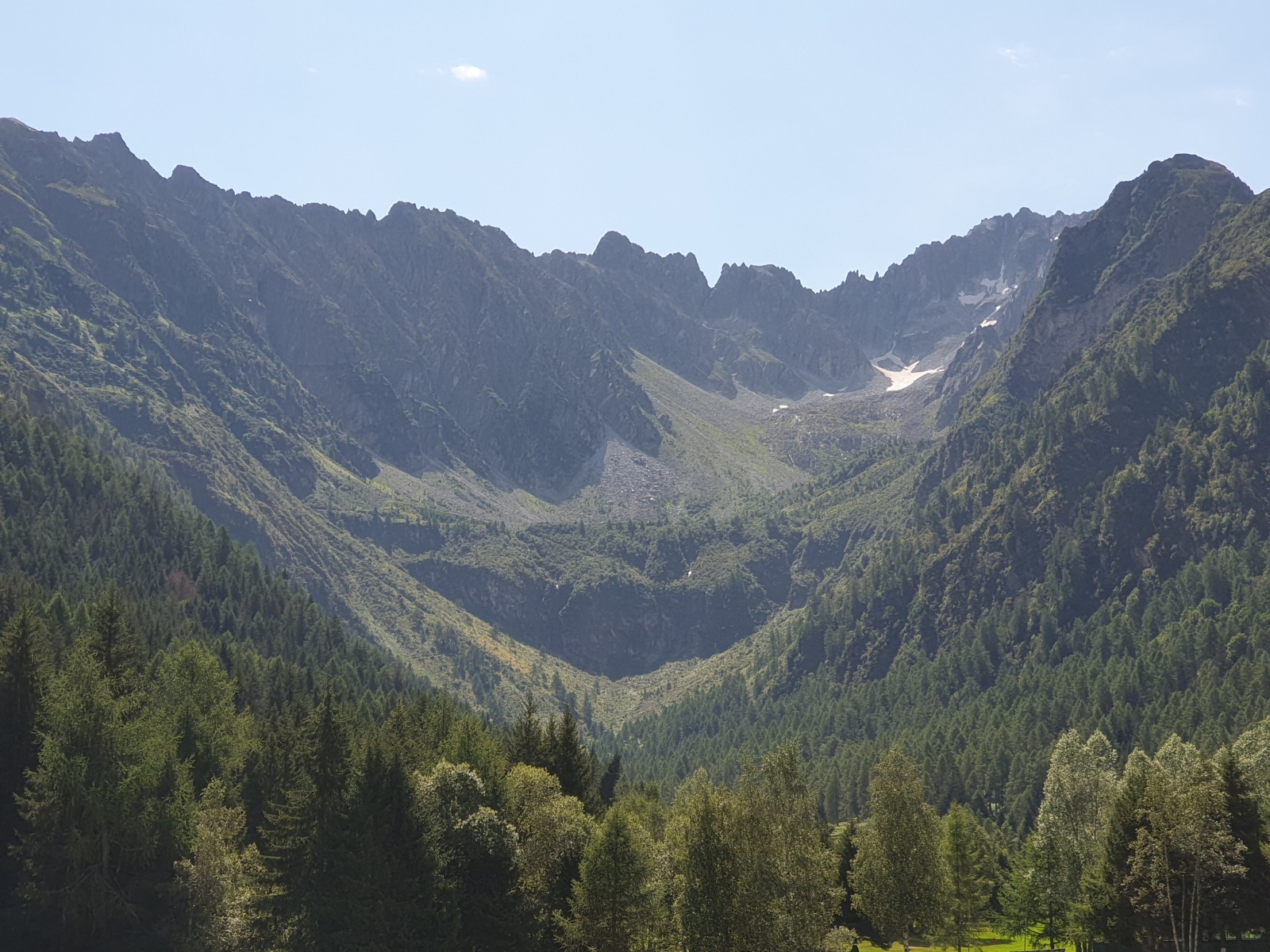Ponte di Legno è un rinomato comune turistico situato in Lombardia, nel cuore delle Alpi, precisamente nella provincia di Brescia. Si trova a un’altitudine di circa 1.258 metri sul livello del mare, al confine tra la Valle Camonica e il Trentino-Alto Adige, e rappresenta una delle località montane più importanti e affascinanti dell’Italia settentrionale.
Ecco alcuni aspetti chiave di Ponte di Legno:
1. Turismo invernale
Ponte di Legno è famoso soprattutto per il suo comprensorio sciistico, che è uno dei più importanti delle Alpi italiane. Fa parte del più vasto comprensorio sciistico “Adamello Ski”, che include anche il Passo del Tonale e il ghiacciaio Presena. Questo complesso offre oltre 100 km di piste per sciatori di tutti i livelli, con impianti moderni e ben attrezzati. Il ghiacciaio Presena, grazie alla sua altitudine (fino a 3.000 metri), garantisce la possibilità di sciare anche nei mesi estivi.
2. Attività estive
Anche durante la stagione estiva, Ponte di Legno è una destinazione ideale per gli amanti della montagna. È un punto di partenza per numerose escursioni e trekking, sia per esperti sia per famiglie, con percorsi che attraversano panorami mozzafiato, tra cui laghi alpini, foreste e vette maestose. La zona è perfetta anche per il ciclismo su strada e per la mountain bike, con diversi percorsi dedicati.
3. Paesaggi naturali e Parchi
Ponte di Legno si trova nelle vicinanze di importanti aree naturali protette, come il Parco dell’Adamello e il Parco Nazionale dello Stelvio. Questi parchi offrono straordinarie opportunità per immergersi nella natura e osservare la fauna locale, come cervi, stambecchi e aquile reali.
4. Storia e cultura
Ponte di Legno ha una lunga storia, che risale all’epoca medievale. Durante la Prima Guerra Mondiale, la zona fu teatro di importanti battaglie sul fronte italo-austriaco, soprattutto sul ghiacciaio dell’Adamello, dove si svolse la cosiddetta “Guerra Bianca”. Oggi, in alcuni punti, è ancora possibile visitare i resti delle trincee e delle fortificazioni di quell’epoca.
5. Enogastronomia
La cucina di Ponte di Legno è strettamente legata alla tradizione montana camuna. Tra i piatti tipici ci sono i casoncelli (una pasta ripiena), la polenta taragna, i formaggi locali (come il Silter DOP), e i salumi. Molto apprezzate sono anche le ricette a base di selvaggina.
6. Termalismo
Nelle vicinanze di Ponte di Legno, a circa 30 km, si trovano le Terme di Boario, un antico stabilimento termale noto per le sue acque minerali curative e i trattamenti di benessere, ideale per chi cerca un’esperienza rilassante e rigenerante.
7. Accessibilità
Ponte di Legno è facilmente raggiungibile in auto dalle principali città del nord Italia, grazie alla vicinanza con l’autostrada A4 e alla statale SS42 che collega la Valle Camonica. La località è ben collegata anche con mezzi pubblici, grazie a una buona rete di autobus che la collega con le stazioni ferroviarie della zona.
In sintesi, Ponte di Legno è una meta ideale per chi ama la montagna, sia d’inverno che d’estate, offrendo un mix perfetto di sport, natura, storia e cultura.
English Version
Ponte di Legno is a renowned tourist destination located in the Lombardy region of northern Italy, specifically in the province of Brescia. It sits at an altitude of about 1,258 meters (4,127 feet) above sea level, on the border between the Valle Camonica and Trentino-Alto Adige. It is one of the most important and picturesque mountain resorts in northern Italy.
Here are some key aspects of Ponte di Legno:
1. Winter Tourism
Ponte di Legno is primarily famous for its ski resort, which is one of the major ski areas in the Italian Alps. It is part of the larger “Adamello Ski” area, which includes the nearby Passo del Tonale and the Presena Glacier. This complex offers over 100 km (about 62 miles) of ski slopes suitable for all levels, with modern and well-equipped facilities. The Presena Glacier, reaching up to 3,000 meters (9,843 feet), allows for skiing even during the summer months.
2. Summer Activities
During the summer, Ponte di Legno is also a popular destination for outdoor enthusiasts. It serves as a starting point for numerous hiking and trekking routes, offering breathtaking views of alpine landscapes, including mountain lakes, forests, and impressive peaks. The area is also perfect for road cycling and mountain biking, with various dedicated trails.
3. Natural Landscapes and Parks
Ponte di Legno is close to significant protected natural areas such as the Adamello Regional Park and the Stelvio National Park. These parks offer excellent opportunities to explore unspoiled nature and observe local wildlife, including deer, ibex, and golden eagles.
4. History and Culture
Ponte di Legno has a rich history dating back to the medieval period. During World War I, the region was the scene of fierce battles on the Italian-Austrian front, particularly on the Adamello Glacier, where the “White War” took place. Today, visitors can still see the remnants of trenches and fortifications from that era in some areas.
5. Cuisine
The local cuisine of Ponte di Legno is deeply rooted in the mountain traditions of the Camonica Valley. Typical dishes include casoncelli (a type of stuffed pasta), polenta taragna (a mix of cornmeal and buckwheat), local cheeses like Silter DOP, and various cured meats. Game-based dishes are also quite popular.
6. Thermal Spas
Around 30 km (19 miles) from Ponte di Legno are the famous Boario Thermal Baths, a historic thermal spa known for its mineral-rich waters and wellness treatments, perfect for those looking for relaxation and rejuvenation.
7. Accessibility
Ponte di Legno is easily accessible by car from major cities in northern Italy, thanks to its proximity to the A4 motorway and the SS42 road that runs through the Camonica Valley. It is also well-connected by public transport, with bus services linking the town to nearby train stations.
In conclusion, Ponte di Legno is an ideal destination for mountain lovers, offering a perfect blend of sports, nature, history, and culture, whether in winter or summer.
